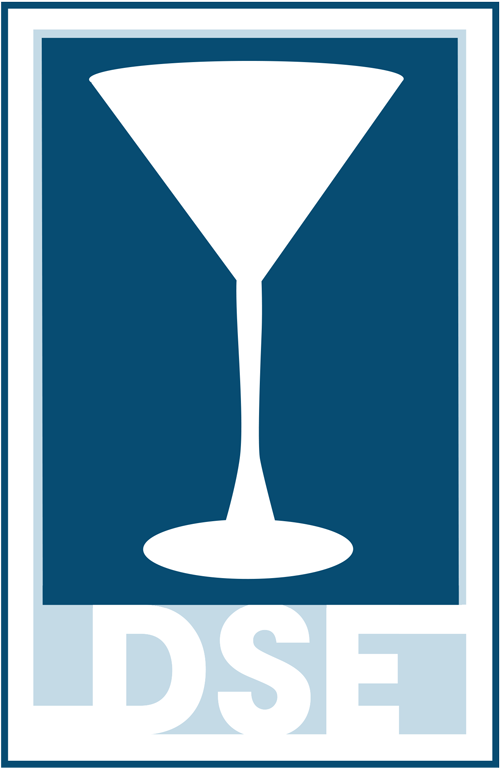Pew study: States shouldn’t rely on sin taxes for long-term funding
By Phil Kabler Staff writer
July 19, 2018
For states still recovering financially from the latest recession, sin taxes — taxes on tobacco, alcohol, gambling and, most recently in some states, marijuana — are an attractive option for legislatures to close budget gaps.
However, a report released Thursday by the Pew Charitable Trusts concludes that sin taxes are a relatively small and comparatively unreliable funding source.
“States should be cautious about relying on sin taxes as longer-term fixes to budget woes,” the report, “Are Sin Taxes Healthy For State Budgets?” concludes.
It notes the paradoxical nature of sin taxes, which are designed to raise revenue, as well as deter detrimental behaviors by consumers.
When sin taxes succeed in curbing unhealthy behavior, they ultimately negate the first goal of raising revenue, the study notes.
Tobacco taxes are a prime example. Since 2000, the study finds that all but nine states have significantly increased tobacco taxes, with a median increase of more than fourfold.
While tax rates have quadrupled, declining consumption has resulted in a more than 1 percent decline in revenue from tobacco taxes nationally, as the smoking rate among adult Americans has dropped from 21 percent to 15 percent.
The study finds a similar trend in states that legalized casino gambling, with “early adopter” states such as West Virginia seeing a downturn in gaming revenue as neighboring states have legalized gambling in hopes of tapping into the new revenue stream.
New casinos, the study finds, poach gambling activity from older casinos, both from within the state and from neighboring states.
During a webinar presentation on the study Wednesday, project director Mary Murphy said it is difficult to forecast potential revenue from legalization of sports betting, but she said it is likely to mirror casino gaming revenue, which tends to decline as competition increases.
“The short answer is, we just don’t know yet, because we’re moving a market that’s illegal into a legal market,” she said of sports betting using bookies or offshore betting sites.
State revenue from sports betting is likely to be small, she said, noting that it provides $17 million a year in revenue for Nevada, or less than two-tenths of 1 percent of that state’s budget.
While revenue from sin taxes historically declines over time, alcohol is currently bucking those downward trends, with alcohol tax revenue increasing in 35 states from 2012 to 2016, the study notes.
That’s a factor of increased consumption of wine and liquor nationally, since only a handful of states have raised taxes on beer, wine or liquor since 2008, the study says.
However, Pew advises policymakers to take a long-term view, since alcohol consumption tends to be cyclical, most recently peaking in 1981, bottoming out in 1998, and now on its current upswing.
Meanwhile, while states that have legalized recreational marijuana have experienced “strong if volatile” revenue growth, the study suggests the long-term outlook for marijuana tax revenue is “hazy at best,” with the market likely to reach a saturation point as more states legalize the product.
Another point the study raises: “For all the attention they garner, sin taxes typically represent a small portion of state revenue. In 2015, they made up just over 2 percent of total state revenue.”
Those percentages range from 12 percent in Nevada to less than 1 percent in North Dakota, Murphy noted.
Besides Nevada, sin taxes account for more than 8 percent of total revenue in just three states: Rhode Island, West Virginia and Louisiana — states with relatively small populations and with state-sanctioned casino gambling.
“Given the unpredictability of sin tax revenue, states should be cautious about extending what may be effective short-term fallbacks into long-term solutions,” the study concludes.
West Virginia’s PEIA Task Force has discussed increasing taxes on tobacco and/or soft drinks as options to raise additional revenue to fund the state-managed health insurance plan.
